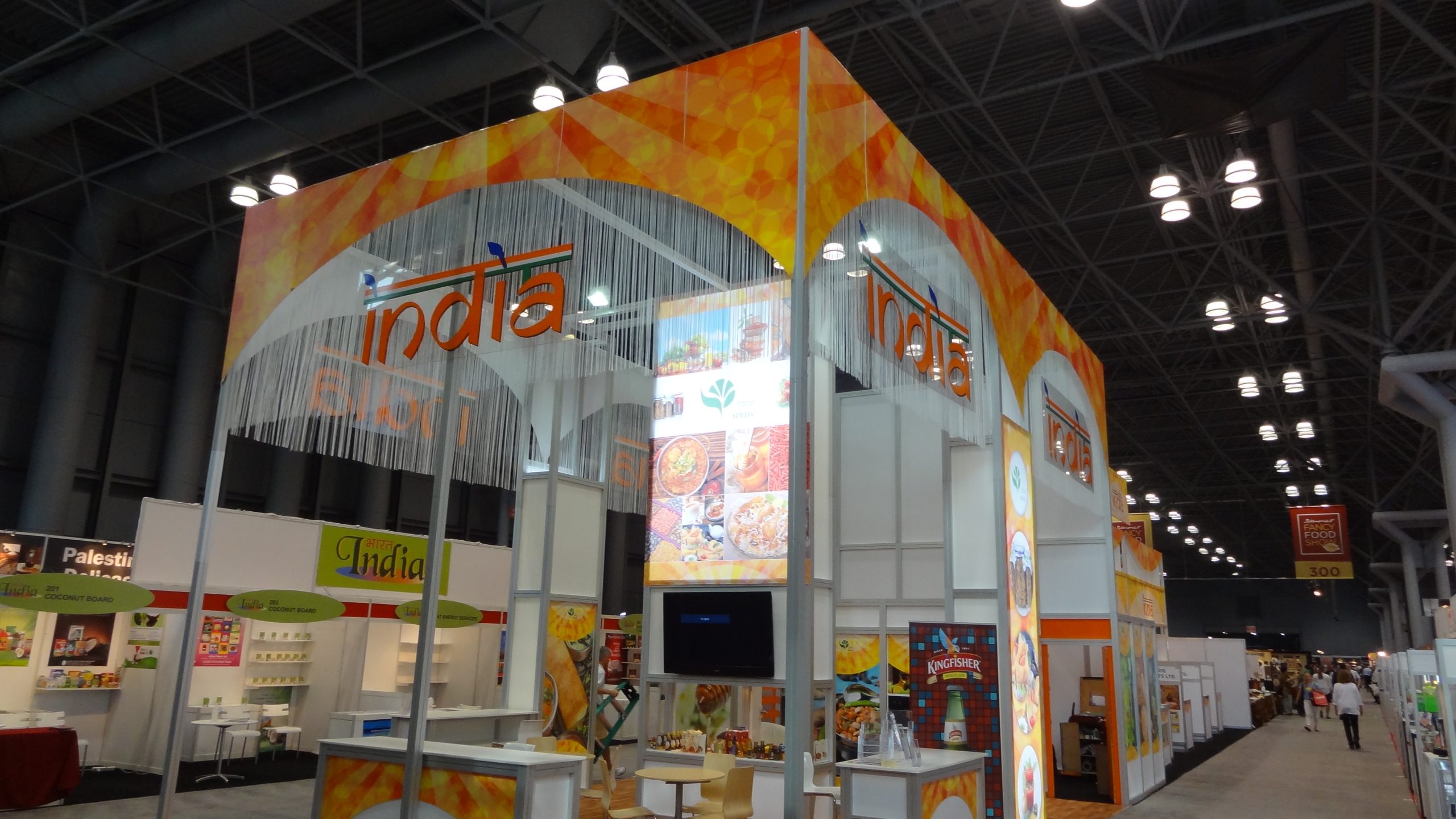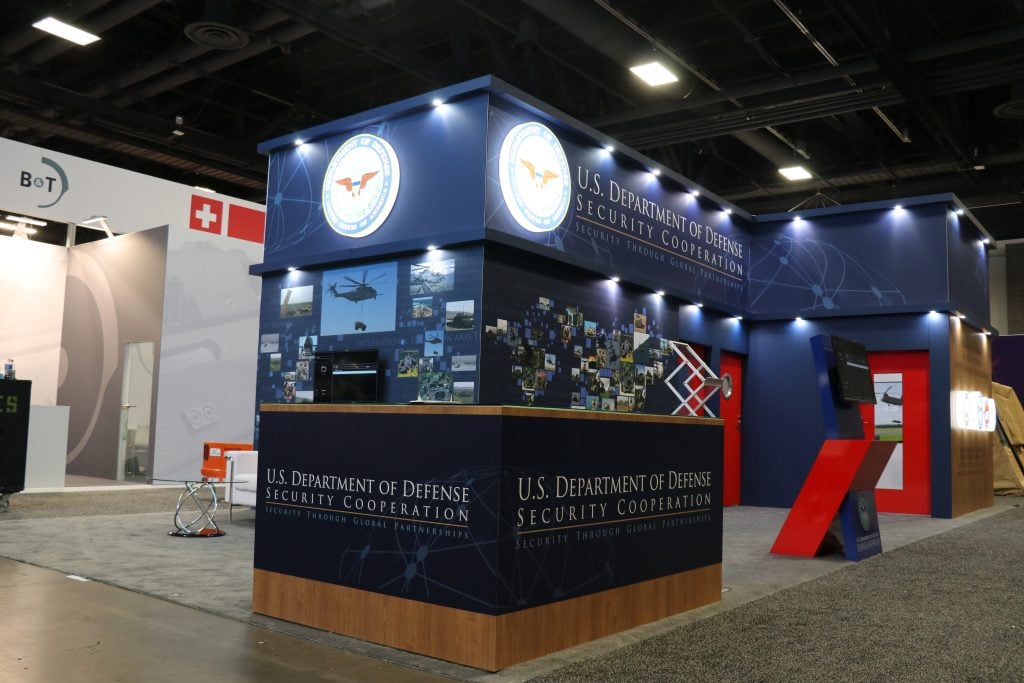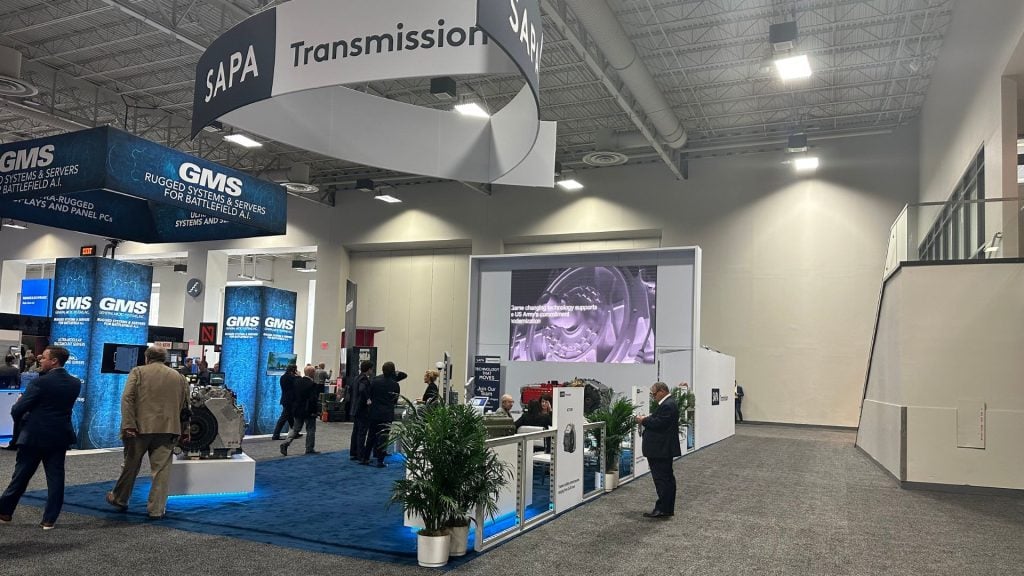
Introduction
Trade shows have evolved from mere product showcases to dynamic environments where connections are made, ideas are exchanged, and partnerships are formed. As businesses seek to maximize their presence at these events, the design of their booths has become more critical. One of the emerging trends is the incorporation of collaborative spaces within trade show booths.
These areas are designed to facilitate interaction, discussion, and networking, creating a more engaging and productive experience for both exhibitors and attendees. This blog explores the role of collaborative spaces in modern trade show booths and offers insights into designing these areas effectively.
1. The Importance of Collaboration at Trade Shows
Fostering Connections
Trade shows provide a unique opportunity for face-to-face interaction in a digital age. Collaborative spaces are essential for:
- Networking: Creating areas where visitors can meet and interact with exhibitors and other attendees fosters networking opportunities.
- Idea Exchange: Spaces designed for collaboration encourage the sharing of ideas, leading to potential innovations and partnerships.
- Building Relationships: These areas help build deeper relationships beyond the traditional sales pitch, promoting trust and long-term business connections.
Enhancing Engagement
Traditional booth setups can be passive and uninviting. Collaborative spaces, on the other hand, enhance engagement by:
- Inviting Participation: Interactive areas encourage visitors to actively participate rather than passively observe.
- Creating Memorable Experiences: Engaging activities and discussions make the trade show experience more memorable for attendees.
2. Key Elements of Collaborative Spaces
Comfortable and Functional Design
A well-designed collaborative space should be both comfortable and functional.
- Seating Arrangements: Provide a variety of seating options, such as lounge areas with sofas, high-top tables with stools, and casual seating with bean bags or floor cushions.
- Open Layout: Ensure the layout is open and inviting, allowing for easy movement and interaction.
- Privacy Options: Include semi-private areas for more focused discussions or confidential meetings.
Technology Integration
Incorporating technology enhances the functionality and appeal of collaborative spaces.
- Presentation Tools: Equip the area with screens, projectors, and sound systems for presentations and demonstrations.
- Charging Stations: Provide charging stations for attendees’ devices, encouraging them to stay longer.
- Interactive Displays: Use tablets or interactive kiosks for collaborative activities and to share information.
Aesthetic Appeal
The design and aesthetics of the collaborative space should reflect the brand and create a welcoming atmosphere.
- Branding: Incorporate brand colors, logos, and messaging into the design without overwhelming the space.
- Lighting: Use warm, inviting lighting to create a comfortable environment. Adjustable lighting can cater to different activities and times of day.
- Decor: Add plants, artwork, or other decor elements to make the space feel more inviting and less corporate.
3. Strategies for Effective Collaborative Spaces
Tailor to Your Audience
Understanding your target audience is crucial for designing effective collaborative spaces.
- Demographics: Consider the demographics of your attendees. Younger audiences might appreciate more casual, tech-savvy environments, while older professionals might prefer traditional, formal setups.
- Industry-Specific Needs: Tailor the space to the specific needs and preferences of your industry. For example, a tech show might benefit from more interactive and high-tech features, while a healthcare expo might focus on private consultation areas.
Encourage Interaction
Design elements and activities should encourage interaction among attendees.
- Workshops and Seminars: Host workshops, seminars, or panel discussions in the collaborative space to attract visitors and stimulate conversation.
- Interactive Activities: Incorporate interactive activities such as brainstorming sessions, live demonstrations, or collaborative projects.
- Facilitators: Have facilitators or moderators present to guide discussions and ensure meaningful engagement.
Maximize Flexibility
Flexibility is key to accommodating different types of interactions and activities.
- Modular Furniture: Use modular furniture that can be easily rearranged to suit different needs, from small group discussions to larger presentations.
- Multi-Purpose Areas: Design spaces that can serve multiple purposes, such as a lounge area that can quickly transform into a meeting space.
4. Future Trends in Collaborative Spaces
Hybrid Events
As hybrid events become more common, collaborative spaces will need to accommodate both physical and virtual attendees.
- Virtual Collaboration Tools: Incorporate tools like video conferencing and virtual whiteboards to enable remote participants to join discussions.
- Seamless Integration: Ensure that virtual and in-person experiences are seamlessly integrated, allowing for meaningful interaction between all attendees.
Sustainability
Sustainability is becoming increasingly important in trade show design.
- Eco-Friendly Materials: Use sustainable and recyclable materials in the construction of collaborative spaces.
- Energy Efficiency: Implement energy-efficient lighting and technology to reduce the environmental impact.
Personalization
Future collaborative spaces will likely focus more on personalized experiences.
- Data-Driven Design: Use data and analytics to understand attendee preferences and tailor the space accordingly.
- Customizable Environments: Allow attendees to personalize their experience, such as adjusting lighting or choosing their preferred type of seating.
Conclusion
Collaborative spaces are transforming the landscape of trade show booths, offering more engaging, interactive, and productive environments. By focusing on comfortable and functional design, integrating technology, and encouraging interaction, exhibitors can create spaces that foster meaningful connections and enhance the overall trade show experience.
As trends like hybrid events, sustainability, and personalization continue to evolve, the role of collaborative spaces will only become more significant in shaping the future of trade shows. Embracing these strategies will not only maximize visibility but also create lasting impressions and build stronger relationships with attendees.


 Global
Global Europe
Europe

